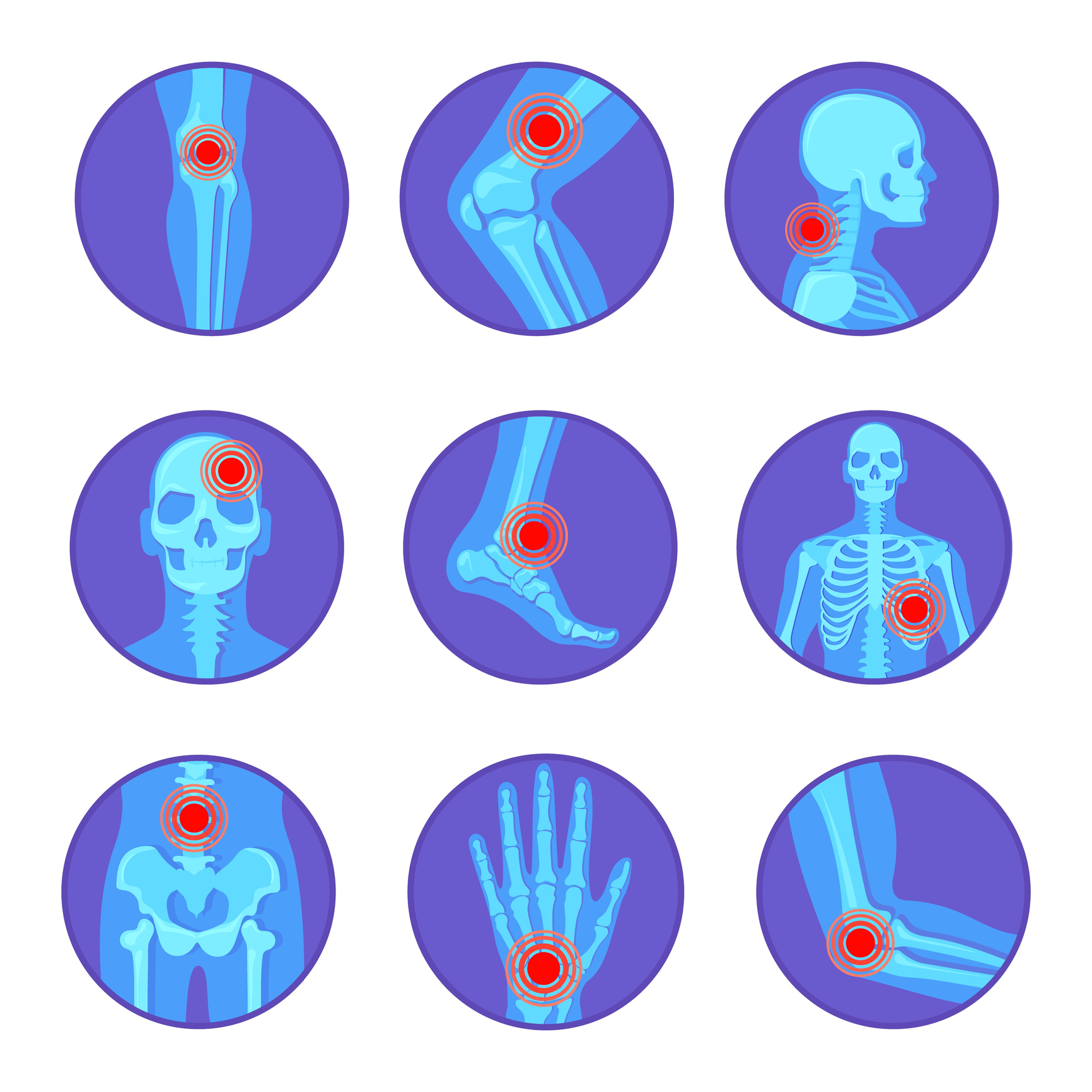The subtalar joint (STJ) is complex in anatomy and function. The purpose of this study is to classify the articular surface of the calcaneus in a sample Chinese population and discuss the relationship between its matching situation and the stability of STJ.
328 patients with 445 STJs were measured and classified using CT three-dimensional reconstruction. The calcaneal facets were classified according to the morphological characteristics. According to the number, shape, and fusion of the calcaneus and talus facets, the matching situation was determined. The parameters of measurement: the Gissane’s angle, the Böhler’s angle, the long-axis sum and the short-axis sum, and the average total joint facet area.
The calcaneal surfaces in a sample Chinese population were classified into five types: Type I (219, 49.2%), Type II (102, 22.9%), Type III (68, 15.3%), Type IV (47, 10.6%) and Type V (9, 2%). The total matching rate of STJ is 98%. In terms of Gissane’s angle, there was a significant difference between Type II and Type IV (P < 0.05). The long-axis sum of Type III (4.53 ± 0.58 cm) was significantly smaller than other types (P < 0.05). Type II (3.64 ± 0.47 cm) was statistically larger than other types in the short-axis sum (P < 0.05). The average total joint facet area of Type III (7.05 ± 1.40 cm) was significantly smaller than other types (P < 0.05). Type V (9.31 ± 3.96 cm) was statistical differences with Type II, Type III and Type IV (P < 0.05). There was no statistically significant difference between left and right sides of the articular facets in this study (P > 0.05).
According to Bunnins’s classification, the type with separated facets predominated but the matching situation between STJ was not elaborated, which was closely linked to the stability of STJ and surgical strategy of calcaneus fracture. The calcaneus articular surfaces in a sample Chinese population were divided into five types. Type I was the most common type and Type V was the rarest. Type II have the highest stability, Type V may be the lowest stability and Type III was more prone to osteoarthritis. The STJ articular surfaces were basically matched, contributing to the coordinate movement of the STJ. The matching articular surfaces of STJ were more stable than the mismatching surfaces. To some extent that STJ facet number, shape, facet area, and matching situation are factors in STJ stability, and the anatomical variations of the STJ offer predictive value in determining the predisposition to STI.
Classification of the subtalar articular surface and its matching situation: an anatomical study on Chinese subtalar joint.


